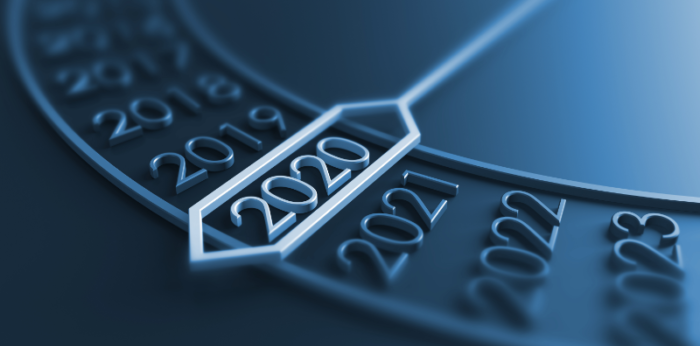As the world is preparing for IMO’s 2020 sulphur cap fuel regulation, oil major ExxonMobil’s marine fuels outfit is innovating to be at the forefront of the emerging low sulphur market, as Forbes reports. The oil major sees the sulphur regulations as an opportunity and not as an operational problem.
Mainly, IMO’s sulphur cap regulation focuses on environmental safety on the shipping sector, setting as an aim that from January 1, 2020 the vessels in international waters will reduce their emissions by 80%, switching to lower sulphur fuels.
According to Luca Volta, Marine Fuels Venture Manager at ExxonMobil, the company will have its products ready for sale by the Q3 of 2019. That’s also the expected date for marine customers to start bunkering operations, as the deadline of January 1, 2020 approaches.
[smlsubform prepend=”GET THE SAFETY4SEA IN YOUR INBOX!” showname=false emailtxt=”” emailholder=”Enter your email address” showsubmit=true submittxt=”Submit” jsthanks=false thankyou=”Thank you for subscribing to our mailing list”]
Moreover, ExxonMobil Fuels has been preparing from 2015. As Luca Volta continued, the company can deploy an effective supply chain where ports are in proximity of their manufacturing assets.
ExxonMobil has named the ports of Antwerp, Rotterdam, Genoa, Marseilles, Singapore, Laem Chabang (Thailand) and Hong Kong, where compliant fuels would be available, with locations in North America to follow. Yet, Singapore was the obvious choice to get the drive going.
Singapore was ideal for bunkering, as being the largest bunkering fuel market globally. In the meantime, ExxonMobil has its largest manufacturing facility there. Capacity expansion at the site means that they will also increase their marine gasoil and fuels production.
Volta highlighted that the company wants to lead at the forefront of a competitive and changing marine fuels environment. The company aspires to be a leader player during the era of IMO 2020 marine bunker and fuel market.
In addition, the company in order to adjust with IMO’s regulations, formulates some low sulphur fuels through science, in comparison to just manufacturing those fuels.
Yet, Volta reported that they faced some difficulties, as the marine fuels have some latitude over ground transportation and aviation fuels.
While both transportation and aviation fuels have several stringent parameters, in the case of shipping fuels two keenly regulated aspects are sulphur and flash, where we worked with the industry to make it happen on combustion and compatibility properties.
… Volta noted.
Regarding scrubbers, Volta addressed that the latest market projections point to a couple of thousand scrubbers by 2020. He disagreed, highlighting that there will be 4,000 ships fitted with scrubbers.
He concluded stating that today bunker consumption is approximately 5 million bpd, and it is rising to more than 8 million bpd by 2040. In the future, the fuel mix will consist of 10% being LNG, 20% being distillate fuel oil and the remaining will be residual in the nature from high to low sulphur.






























































